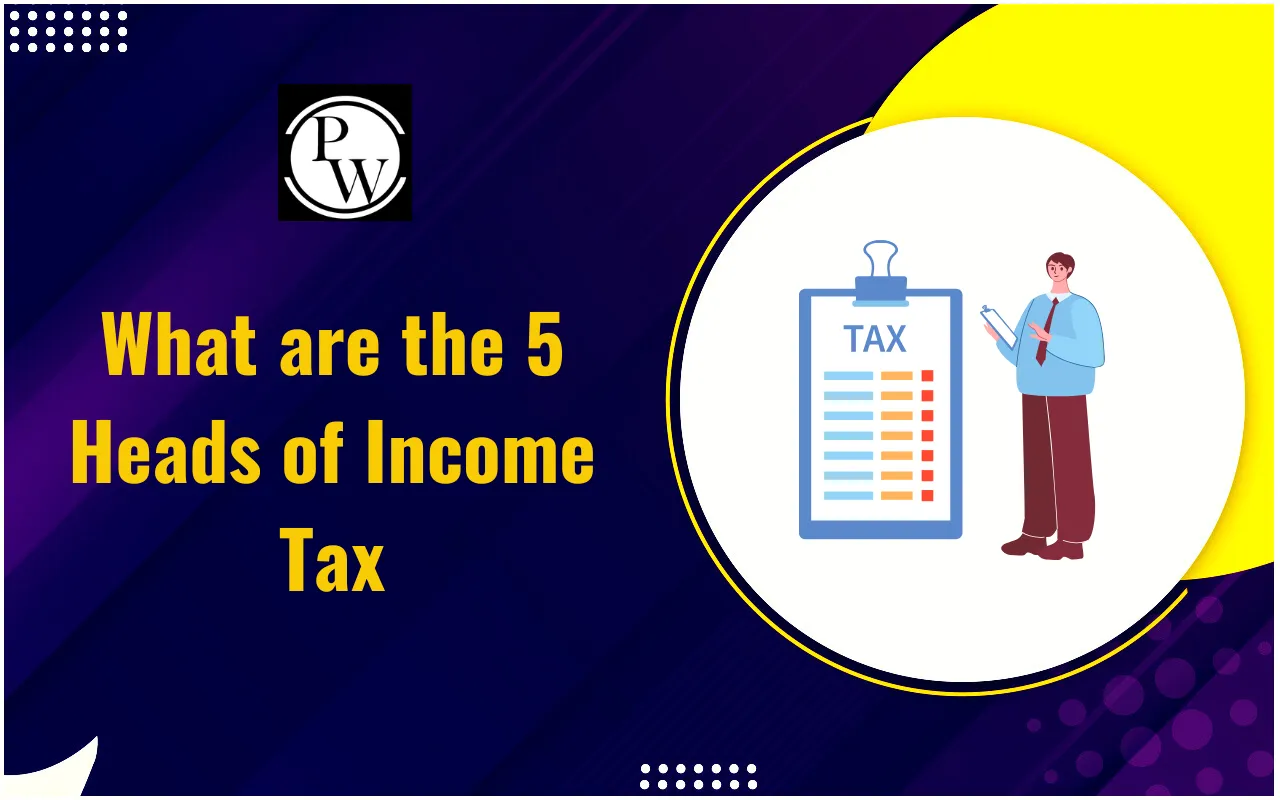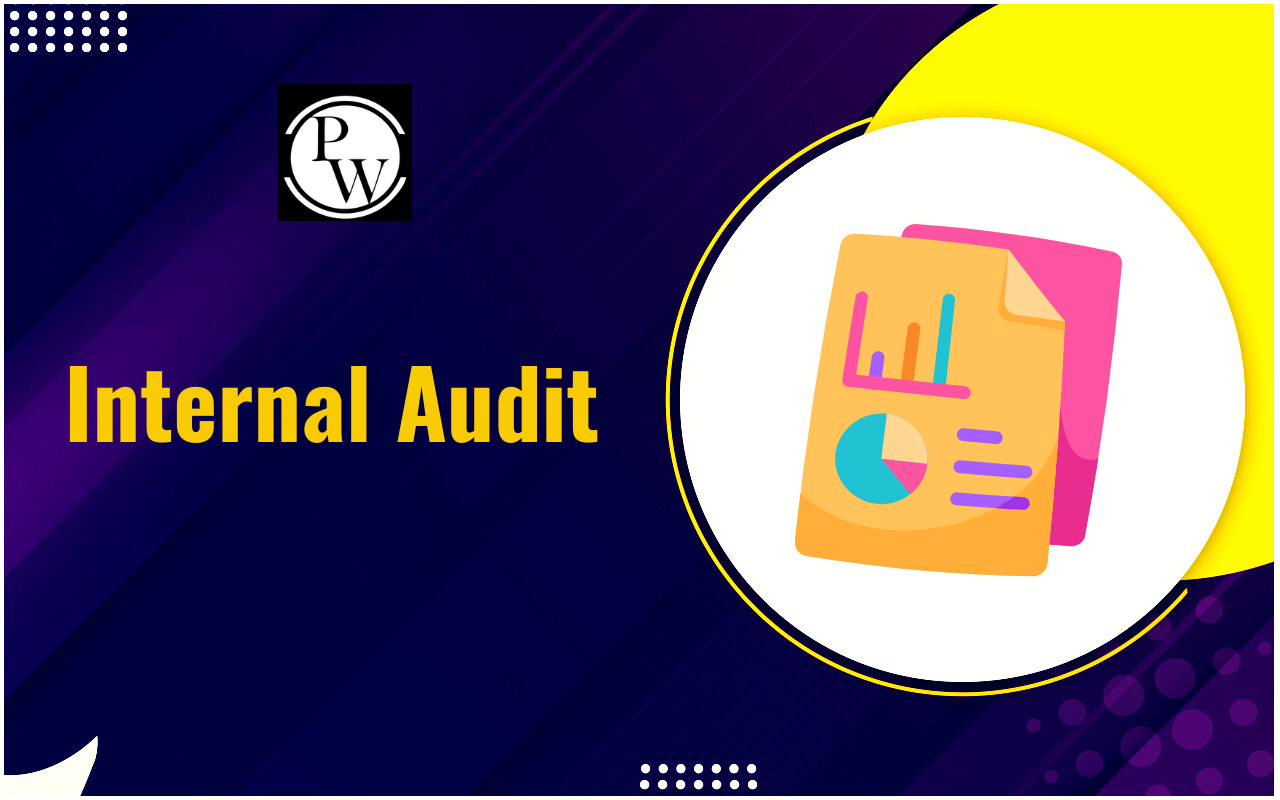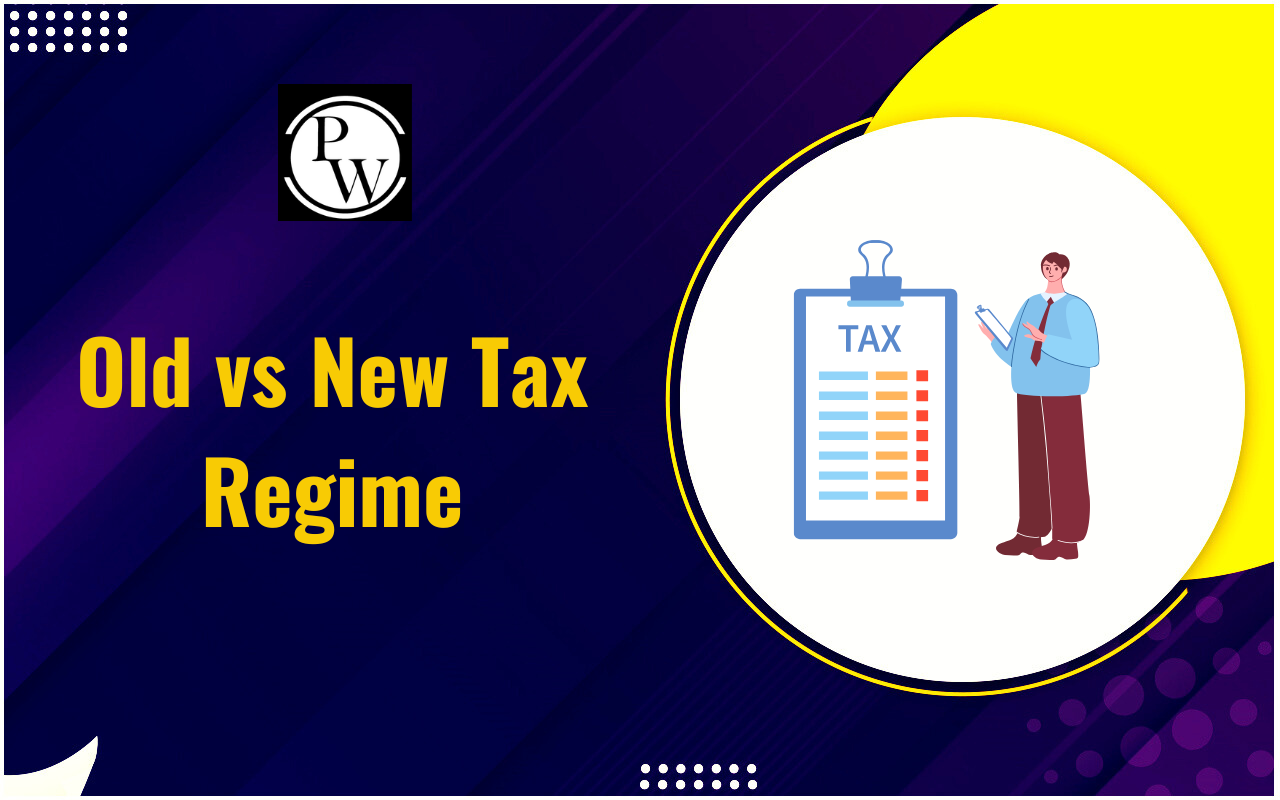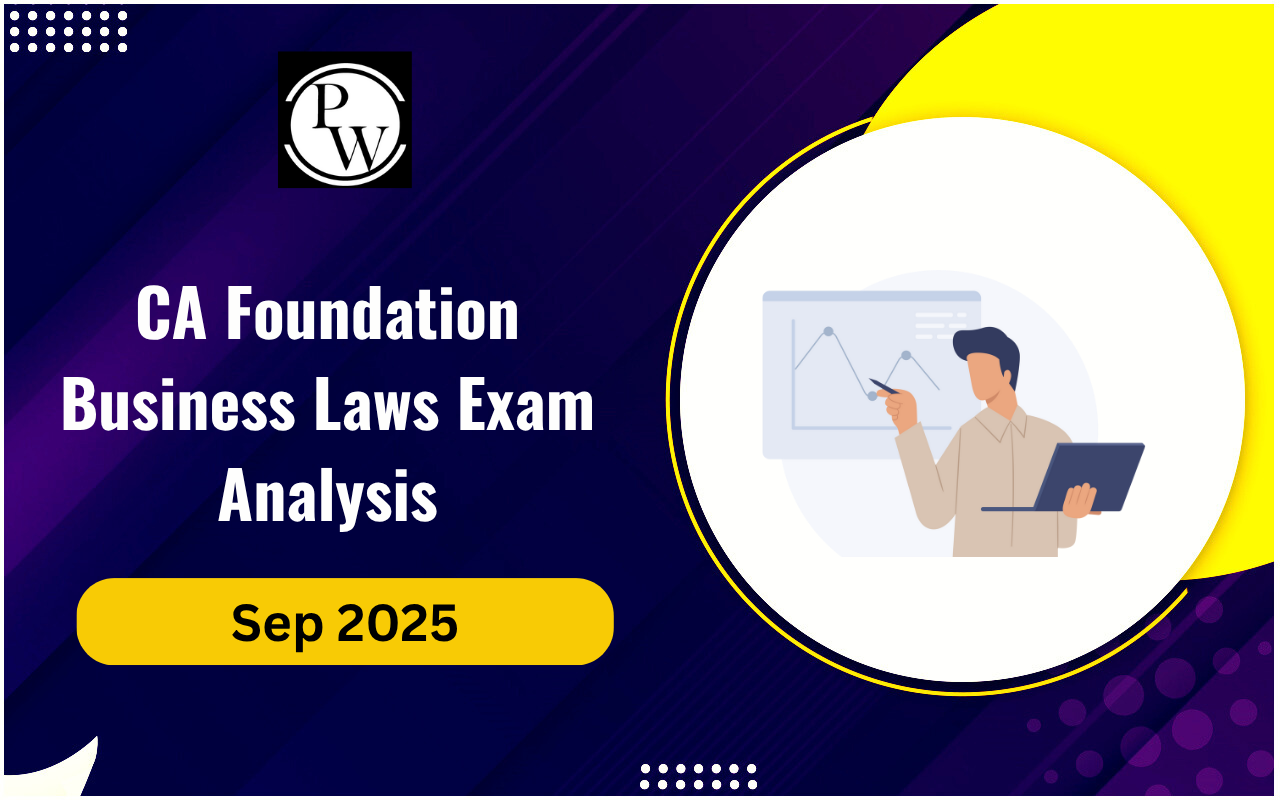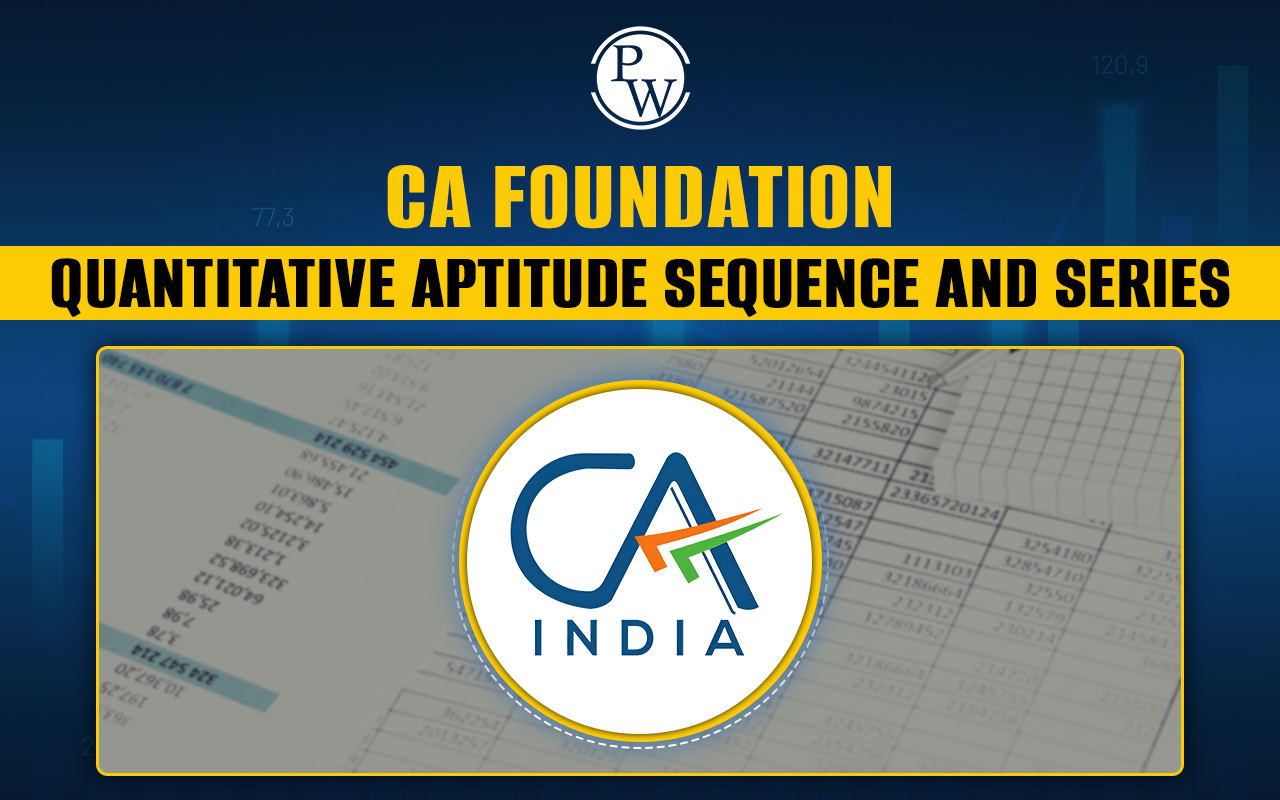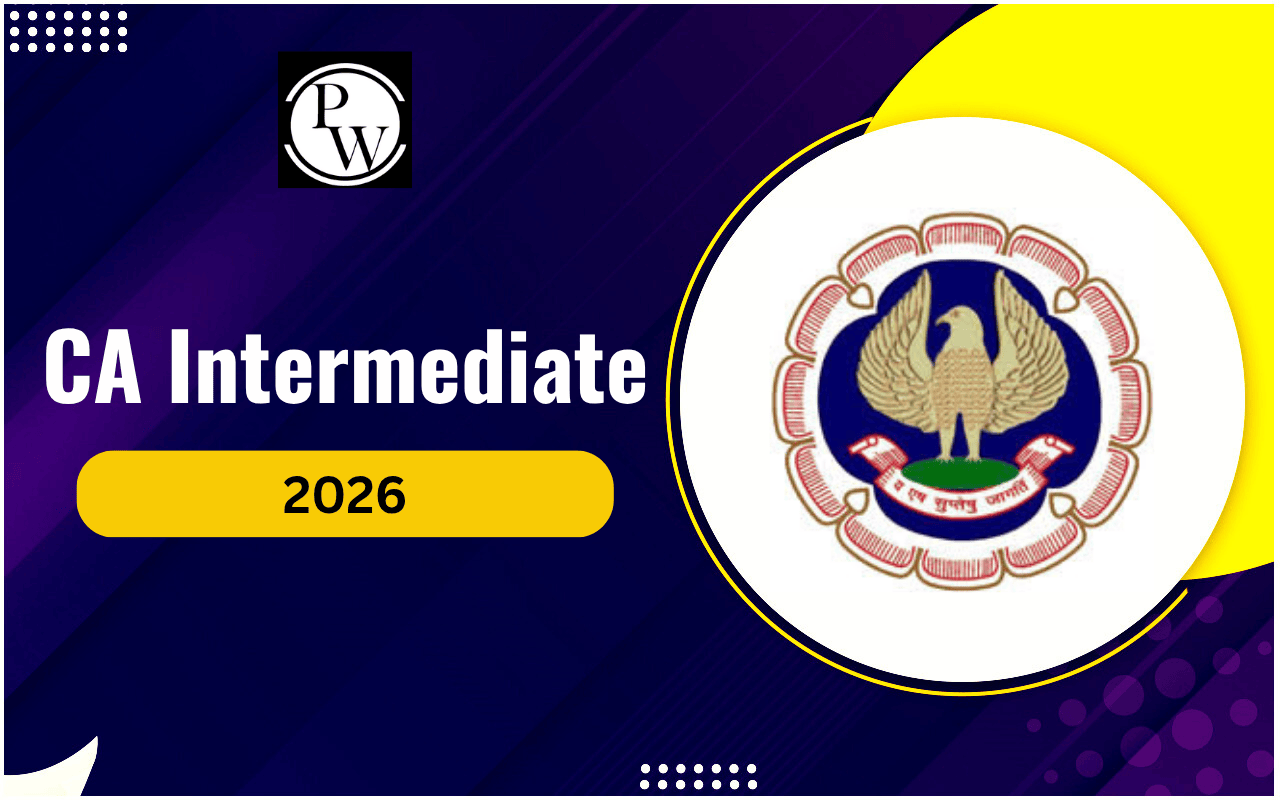
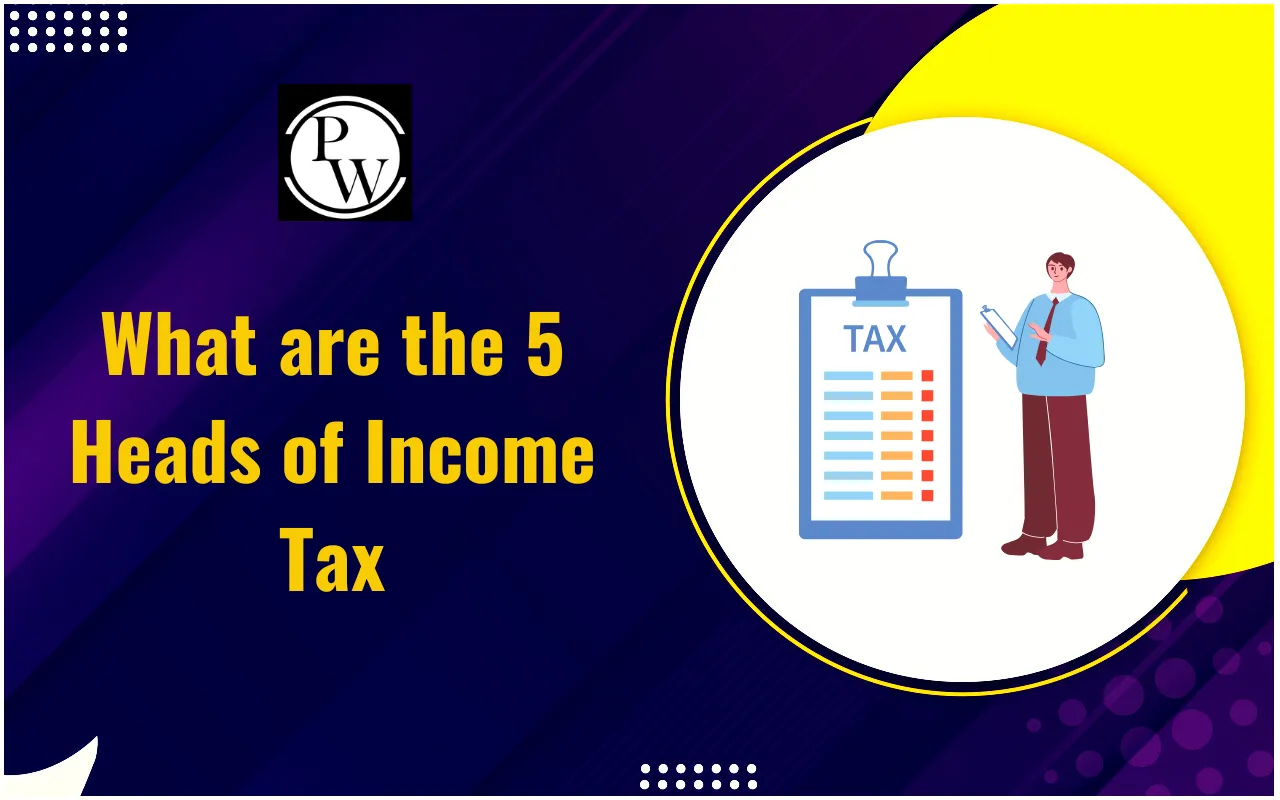
What are the 5 Heads of Income Tax? Income tax is one of the most important forms of taxation in India. It ensures that every individual and business contributes their fair share toward the country’s development. But did you know that not all income is treated the same way under the Income Tax Act, 1961?
To make taxation fair and systematic, the law divides all income into five heads of income. Each head has its own rules, tax rates, and eligible tax deductions.
Here, we will break down the 5 types of income tax heads, explain their meaning, components, and important exemptions you should know - whether you are a salaried professional, a business owner, or an investor.
What Are the 5 Heads of Income in Income Tax?
According to Section 14 of the Income Tax Act, 1961, all income earned by an individual or a person, HUF (Hindu Undivided Family), or a business is classified under the following five heads of income:
|
5 Heads of Income in Income Tax |
||
|
Head of Income |
Examples |
Key Sections |
|
Income from Salary |
Salary, pension, bonus, allowances |
Sec 15–17 |
|
Income from House Property |
Rent from residential/commercial property |
Sec 22–27 |
|
Profits and Gains from Business or Profession |
Business profits, freelance earnings, consultancy income |
Sec 28–44 |
|
Capital Gains |
Sale of shares, real estate, and mutual funds |
Sec 45–55 |
|
Income from Other Sources |
Lottery, dividends, interest income |
Sec 56–59 |
Each of these heads is taxed differently, and the taxpayer can claim specific tax deductions depending on the source of income. Also, this gives everyone a clear idea of the taxes and other things.
1. Income from Salary (Salary Head Income Tax)
The salary head of income tax covers all earnings received by an employee from their employer, including wages, bonuses, pensions, and perquisites.
This is perhaps the most familiar category for most taxpayers.
Components of Salary Income
Under this head, the following are included:
-
Basic salary – fixed monthly component
-
Dearness Allowance (DA) – cost-of-living adjustment
-
House Rent Allowance (HRA)
-
Conveyance and Travel Allowances
-
Bonus, Commission, Incentives
-
Perquisites – benefits like rent-free accommodation, company car, etc.
-
Pension – taxable as salary (if from a past employer)
Tax Deductions under Salary Head
Many tax deductions can be claimed under this head. Check below to know better, as having an understanding of these is important these days -
-
Standard Deduction – ₹50,000 (available to all salaried individuals)
-
HRA Exemption – under Section 10(13A), if living in rented accommodation
-
Professional Tax – deductible under Section 16(iii)
-
Leave Travel Allowance (LTA) – for travel expenses within India
Example for Better Understanding
Suppose Ananya earns ₹10,00,000 annually, gets ₹2,00,000 as HRA, and pays ₹15,000 as professional tax, which is mandatory for her to pay. After applying HRA and standard deduction, her taxable income under the salary head income tax reduces significantly.
This head is important for most employees and often forms the base for types of income tax calculations for salaried individuals. Also, a Salaried employee needs to know all this for better management of their salary.
2. Income from House Property
If you own a house, flat, or building and earn rent from it, that income is taxable under the head “Income from House Property.”
Even if the property is not rented out, certain notional income rules apply to it (for example, if you own more than one self-occupied house).
Types of House Property Owned by an Individual
Below, we have provided types of houses owned by an Individual -
-
Self-occupied property – used for own residence (up to 2 houses exempt from notional rent)
-
Let-out property – rented to tenants
-
Deemed to be let-out – more than two self-occupied properties
Calculation Formula
To calculate Income from House Property, follow the simple step-by-step formula given below. This helps determine your taxable amount after considering all eligible deductions:
|
Particulars |
Amount (₹) |
|
Gross Annual Value (Rent received or receivable) |
X |
|
Less: Municipal Taxes Paid |
(Y) |
|
Net Annual Value (NAV) |
X - Y |
|
Less: Standard Deduction (30% of NAV) |
(Z) |
|
Less: Interest on Home Loan (Sec 24(b)) |
(A) |
|
Income from House Property |
(NAV - Z - A) |
Key Deductions
-
30% Standard Deduction on Net Annual Value
-
Interest on Home Loan:
-
Self-occupied: up to ₹2,00,000 (u/s 24(b))
-
Let-out: no upper limit (actual interest deductible)
Example
Ravi earns ₹2,40,000 rent annually and pays ₹20,000 in municipal taxes. He also pays ₹1,50,000 interest on his housing loan.
His taxable income from house property = ₹2,40,000 - ₹20,000 - ₹66,000 (30% of NAV) - ₹1,50,000 = ₹4,000 only.
Thus, this head allows important tax deductions, making it favorable for homeowners.
3. Profits and Gains from Business or Profession
This category applies to individuals and firms who earn income through business, trade, freelancing, or professional practice.
Under this head, all profits and gains from carrying out a business or profession are taxable after deducting eligible expenses.
Examples
-
Manufacturing and trading profits
-
Consultancy fees
-
Freelance or contract-based earnings
-
Income of doctors, CA, lawyers, and architects
-
Commission or brokerage income
Calculation Format
To compute Income from Business or Profession, you must calculate your total receipts and deduct all allowable business-related expenses. Follow the steps below:
|
Particulars |
Amount (₹) |
|
Gross Receipts / Turnover |
X |
|
Less: Business Expenses (Rent, salary, depreciation, etc.) |
(Y) |
|
Net Business Income |
X - Y |
Common Tax Deductions
Business owners and professionals can claim various tax deductions under this head, such as:
-
Depreciation on assets (Sec 32)
-
Rent, salaries, and utility expenses, or other expenses, can be counted
-
Interest on loans can be gained
-
Expenditure on R&D
-
Bad debts written off
-
Presumptive taxation (Sec 44AD, 44ADA) – simplified tax for small businesses/professionals
Example
Priya runs a digital marketing consultancy earning ₹12 lakh annually. After deducting ₹5 lakh as business expenses and depreciation, Priya’s taxable income under this head is ₹7 lakh.
The types of income in income tax, like this one, highlight how business earnings are treated differently compared to salary or capital gains.
Note - These examples will help everyone understand the concepts better. Also, knowing these is important for future growth in terms of money and all.
4. Capital Gains
When you sell a capital asset (like shares, mutual funds, or real estate) and make a profit, that profit is called a capital gain.
Capital gains are further divided based on the holding period of the asset.
Types of Capital Gains
Capital gains are divided based on how long the asset is held before being sold (this type of method is used by many individuals or companies). The holding period determines whether the gain is short-term or long-term, and each type is taxed differently, as shown below:
|
Types of Capital Gains |
||
|
Type |
Holding Period |
Tax Rate |
|
Short-Term Capital Gain (STCG) |
< 36 months (property) or < 12 months (shares/mutual funds) |
15% (Sec 111A) or normal slab |
|
Long-Term Capital Gain (LTCG) |
≥ 36 months (property) or ≥ 12 months (shares/mutual funds) |
10% or 20% with indexation |
Calculation Formula for Capital Gain
To compute Capital Gains, you need to calculate the profit earned from selling a capital asset after deducting all relevant costs. Follow the steps below:
|
Particulars |
Amount (₹) |
|
Sale Consideration |
X |
|
Less: Indexed Cost of Acquisition |
(Y) |
|
Less: Cost of Improvement |
(Z) |
|
Less: Expenses on Transfer (Brokerage, Stamp Duty, etc.) |
(A) |
|
Capital Gain (STCG/LTCG) |
X - (Y+Z+A) |
Tax Deductions and Exemptions
-
Section 54 – One needs to invest again in residential property (LTCG exemption)
-
Section 54F – Sale of assets other than a house and reinvestment in a house
-
Section 54EC – Invest in NHAI or REC bonds within 6 months (up to ₹50 lakh)
Example
Rohan sold a flat for ₹80 lakh that he bought for ₹40 lakh 10 years ago.
Indexed cost = ₹40 lakh × 348/167 = ₹83.4 lakh - resulting in a long-term capital loss, not taxable.
This head focuses on how types of income tax vary with asset type and duration of holding.
5. Income from Other Sources
When income does not fall under the above four heads, it is taxed under the residual category — “Income from Other Sources” (IFOS).
Common Examples
-
Interest Income – from savings account, FD, bonds
-
Dividend Income of the person – from shares or mutual funds
-
Winning from Lotteries, Game Shows, etc.
-
Gifts Received by anyone(above ₹50,000 from non-relatives)
-
Pension received from a non-employer source
-
Rental income from subletting
Deductions Allowed
Under Section 57, the following tax deductions are permitted:
-
Bank commission or collection charges
-
Family pension deduction – 1/3rd of pension or ₹15,000 (whichever is lower)
-
Interest on borrowed capital (for investment-related income by the individuals or groups)
Example for Better Understanding of the Case
Sneha earns ₹80,000 interest from FDs, ₹10,000 from savings, and ₹40,000 dividends.
Total Amount earned by Sneha = ₹1,30,000.
If she paid ₹5,000 as bank commission, her taxable income from other sources = ₹1,25,000.
This head ensures all other earnings are taxed fairly, completing the 5 types of income in the income tax system.
Tax Deductions Available Across All Heads
Other than the specific deductions under each head, the Income Tax Act also allows general deductions under Chapter VI-A (Sections 80C to 80U), which can be applied to the gross total income after summing up all heads.
Common Deductions:
-
Section 80C: Investment in PF, ELSS, Life Insurance, etc. (up to ₹1.5 lakh)
-
Section 80D: Health insurance premium (up to ₹1 lakh for senior citizens)
-
Section 80E: Education loan interest
-
Section 80TTA / 80TTB: Interest on savings account (up to ₹10,000 / ₹50,000)
-
Section 80G: Donations to charitable institutions
These tax deductions apply irrespective of income type and significantly lower the total taxable income. Also, knowing this is important for everyone for better future planning of their money.
What are the 5 Heads of Income Tax? FAQs
What are the 5 heads of income tax in India?
Why are incomes divided into 5 heads in India? Is there any specific reason?
What is included under the salary head in the income tax of an employee?
Which head covers rental income, meaning house income?

